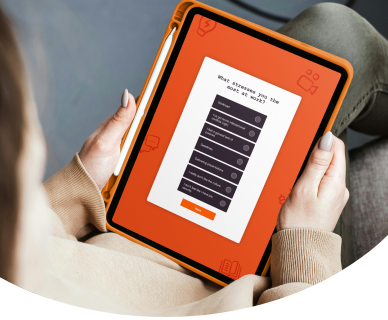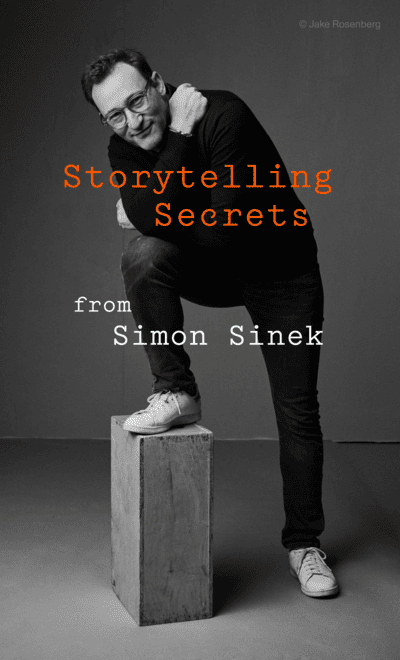Conflict—while it’s usually what makes stories exciting and TV shows bingeable, it’s rarely something that we ever look forward to at work. Dread it as we might, however, conflict in the office is inevitable. In fact, a recent study from SHRM state that two-thirds of U.S. workers have experienced conflict or incivility at work in the last month alone.
Navigating conflict at work is a skill that transcends industries and job roles, and while there are several methods to manage workplace disputes effectively, we want to double down on a very important element to conflict resolution that we often forget to do…listen.
In fact, listening is the first component of the L.E.A.D.E.R. approach to conflict resolution, taught by Col. Chris Rogers in his Optimism Library class all about navigating conflict at work. “To approach conflict at work like an effective leader,” Chris says, “you have Listen, Examine, Acknowledge, Describe, Engage, and Reaffirm. That’s the L.E.A.D.E.R. model. And while each component of the L.E.A.D.E.R. model plays a vital role, it’s the act of listening that sets the stage for successful conflict resolution.”
Isn’t That Kinda Obvious?
Now, we might hear this and think that listening when people are discussing a problem with us is a given. But think about the last time you were at odds with someone.
Many conflicts come from inciting incidents that hurt us, frustrate us, and drum up negative motions. These emotions create an “us vs. them” mentality which rarely makes us want to hear the other person out.
We know it can be hard, but putting aside our own emotions and listening actively for the purpose of understanding the issue from all possible perspectives is fundamental.
(Here’s a handy hack if this bit is proving a little tricky: Type up your side of the argument, put it into your favorite AI content generator, and ask it to rewrite your argument as devoid of emotion as possible. Reading the new version will hopefully allow you to take a step back from your own feelings and approach the impending discussion with a bit more neutrality.)
Put the Active in Active Listening
Listening isn’t just about hearing words, either; it’s an active, deliberate process. “You always have to start with listening,” Chris says, pointing out that while the other steps in the L.E.A.D.E.R. model are sequential, “listening is a continuous thread throughout any conflict resolution process.” It’s about understanding and empathy, not just waiting for your turn to speak. Listening demands engagement: nodding, maintaining eye contact, taking notes, and responding appropriately and thoughtfully. Doing these things helps us interpret the emotional subtext of the conversation, which can often reveal the real issues at play.
It’s a Good Habit to Have
“Active listening should be seen as a habit,” says Chris, “It’s something that has to be practiced by everyone on the team, regardless of if you are in an active conflict or not.” It’s only when an entire team commits to the habitual practice of active listening that both individual interactions and overall company culture can thrive.
The impact of listening extends far beyond the immediate conversation. It builds trust—a commodity that, once established, can significantly reduce the time needed to resolve future conflicts. Chris says, “If we don’t have an appreciation for the other side of our conflicts, those conflicts will never get truly resolved long term. We may not understand where that person is coming from when we first enter into the conflict, but we have to at least respect the perspective that they bring in order to find any sort of long term peace.” Holding a space of empathy fosters connection, respect, and, eventually, a greater sense of trust.
So, next time you find yourself in a conflict at work, listen up and actually hear them out.
And for more about the L.E.A.D.E.R. model, check out The Optimism Library.











